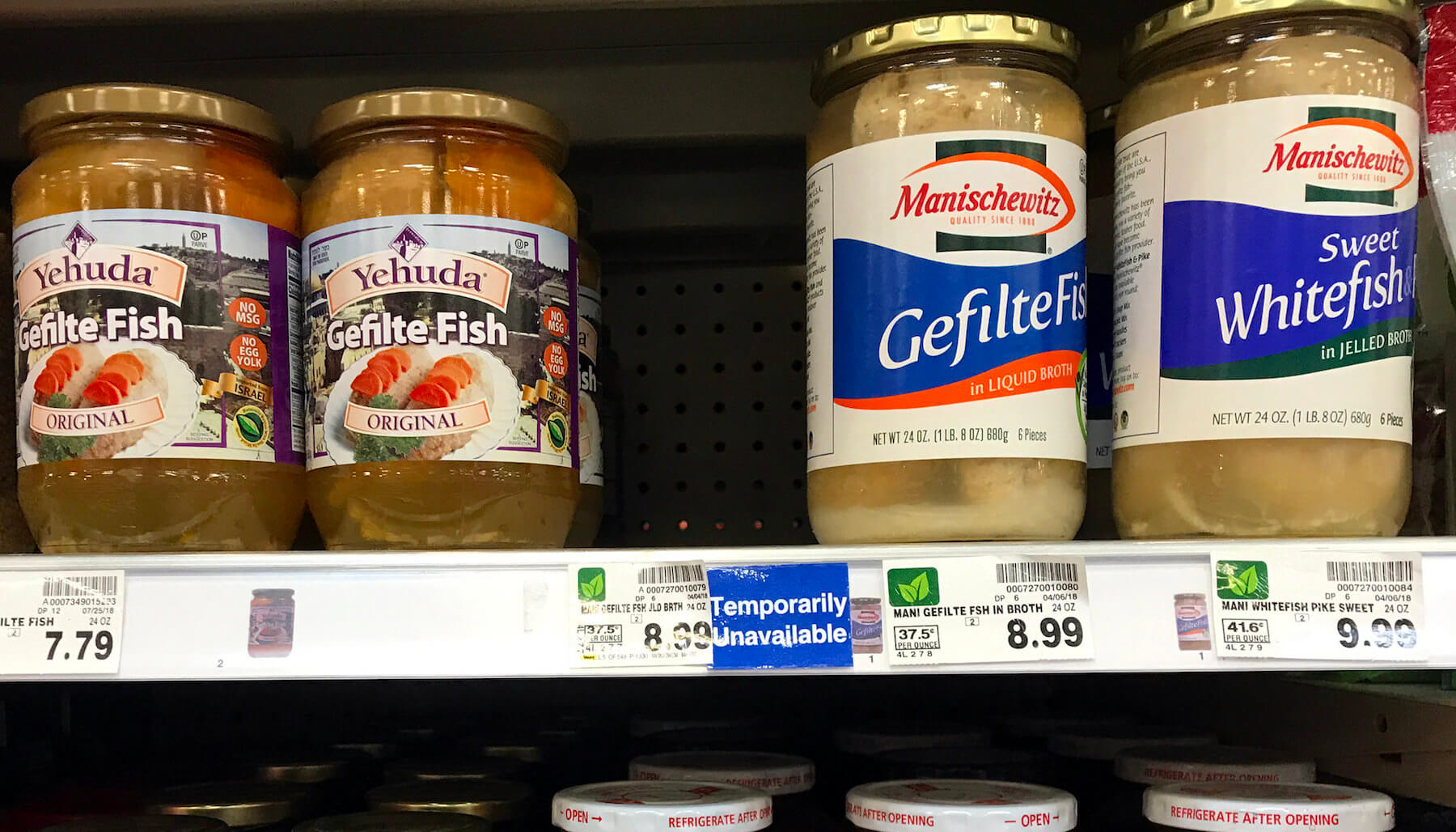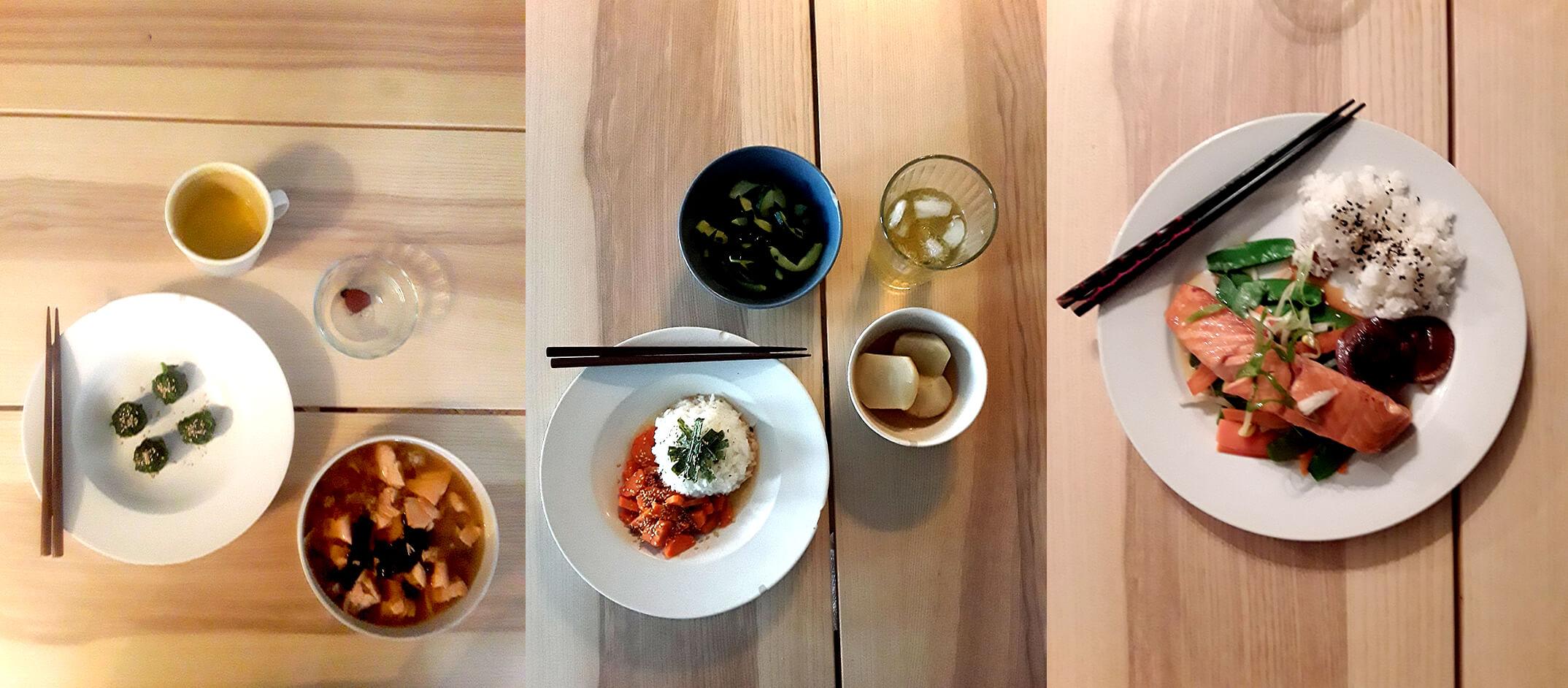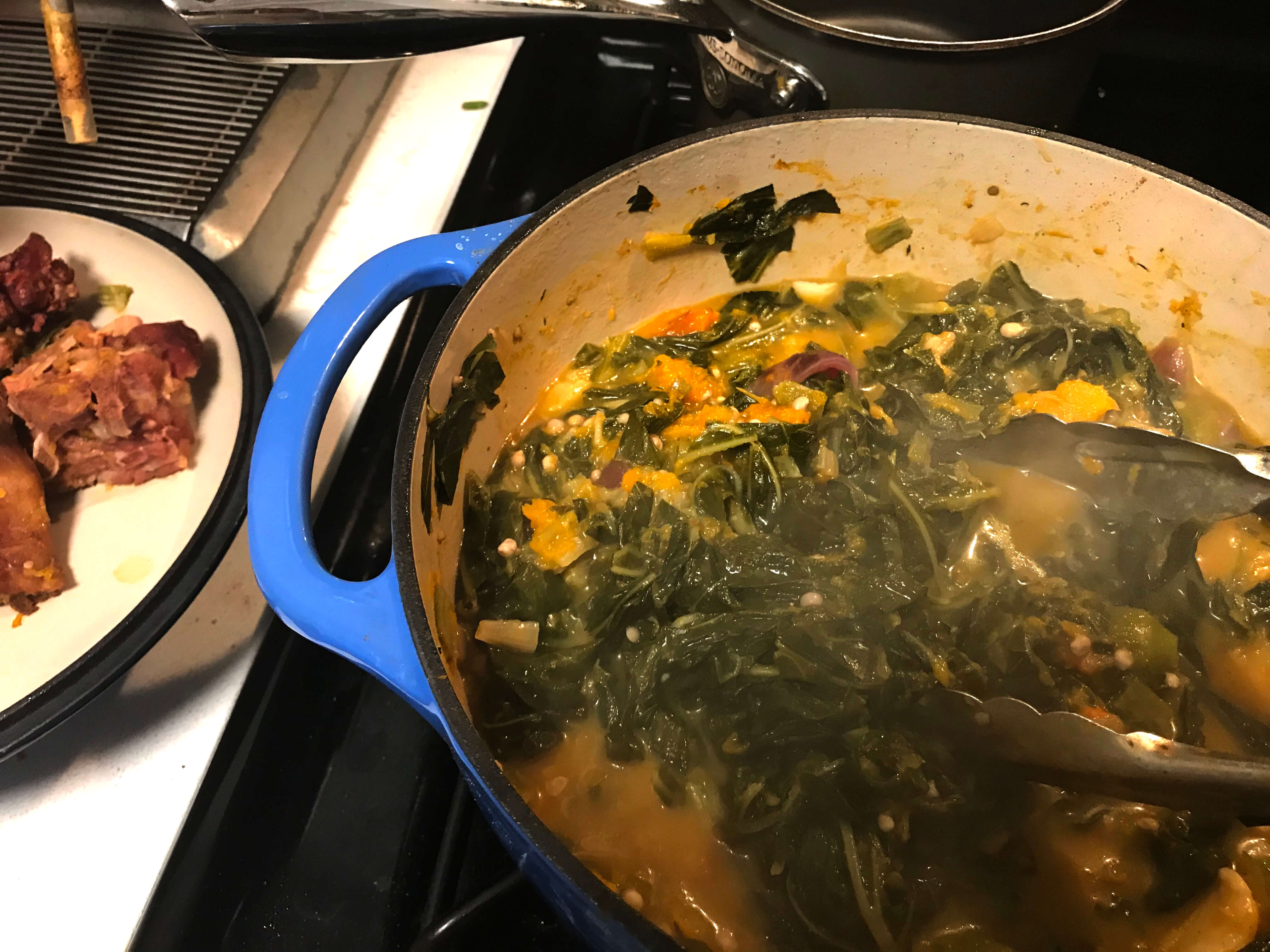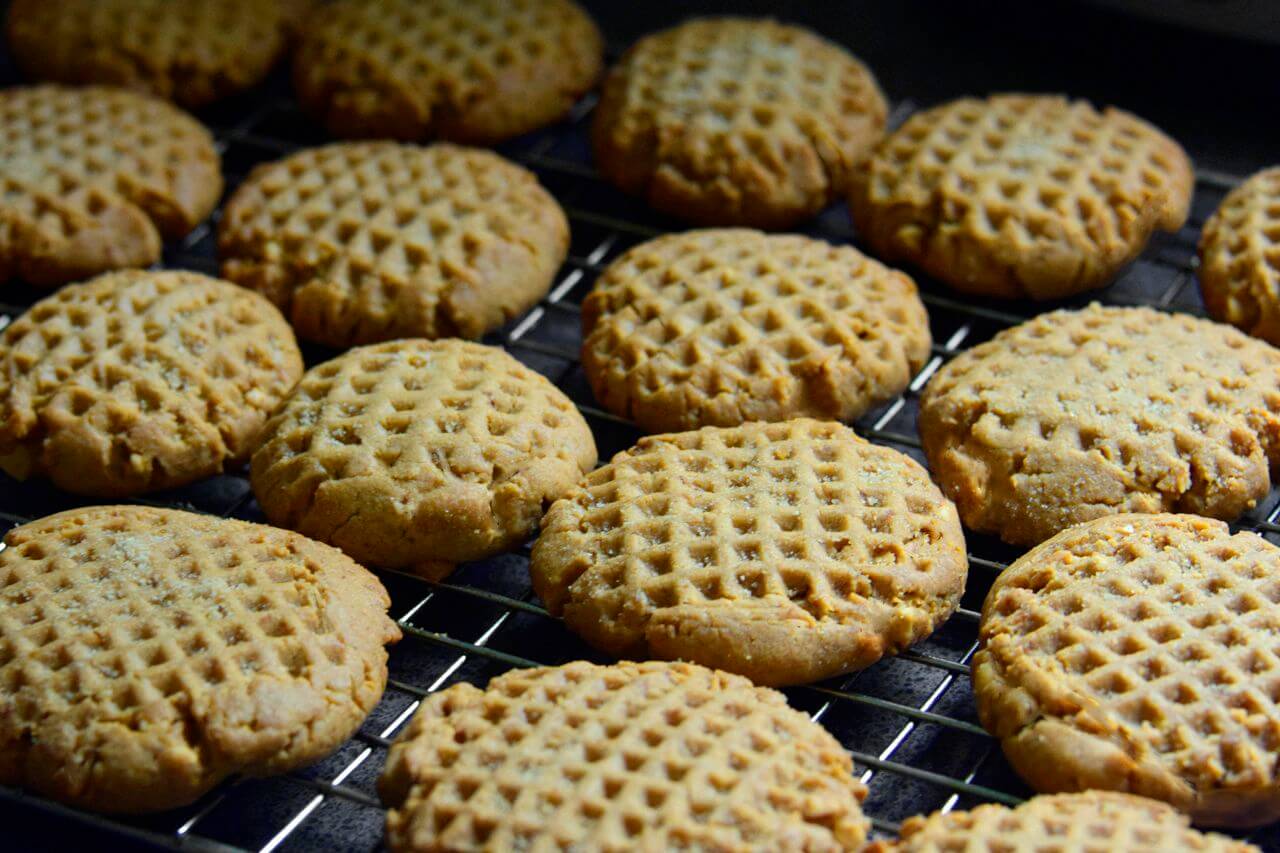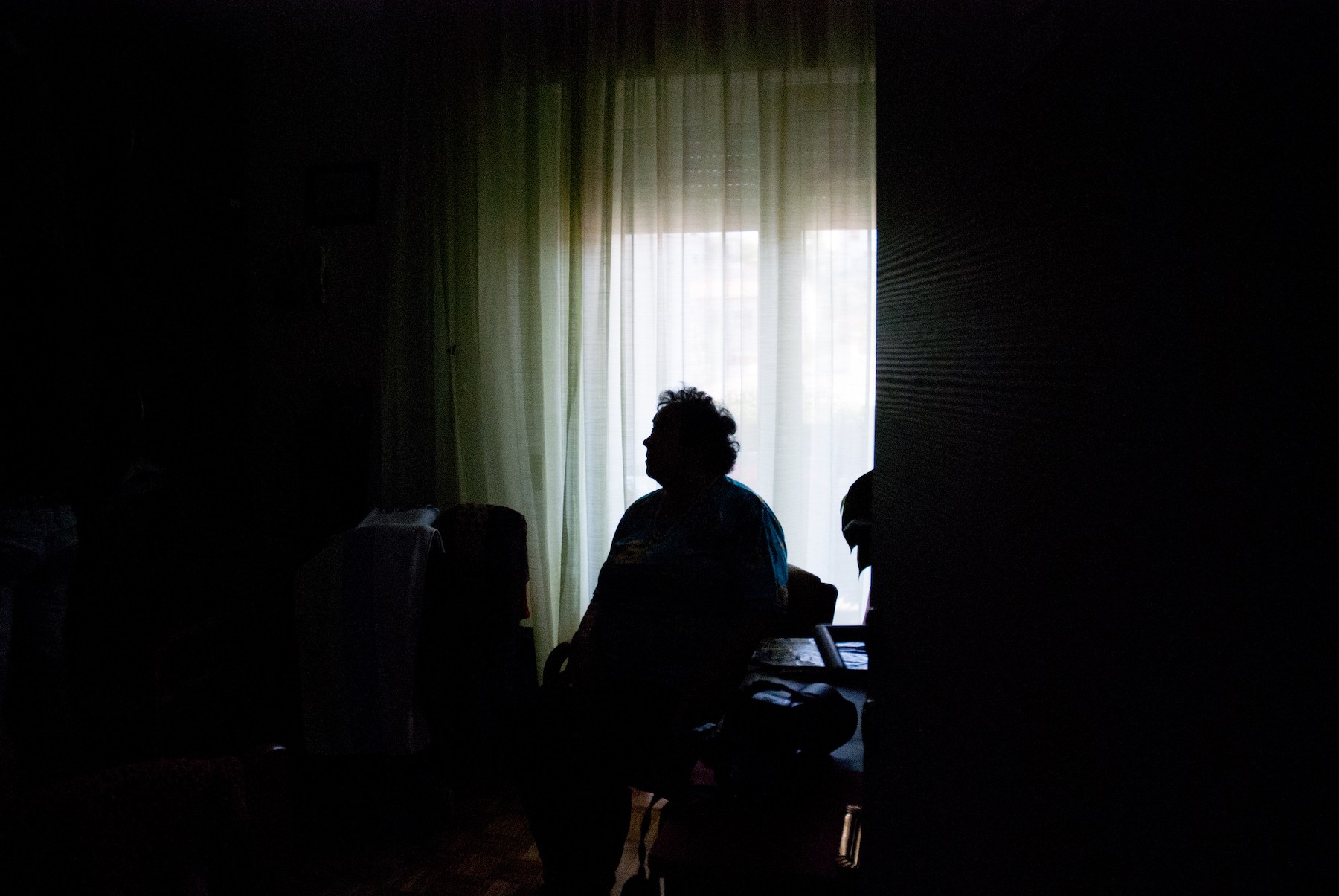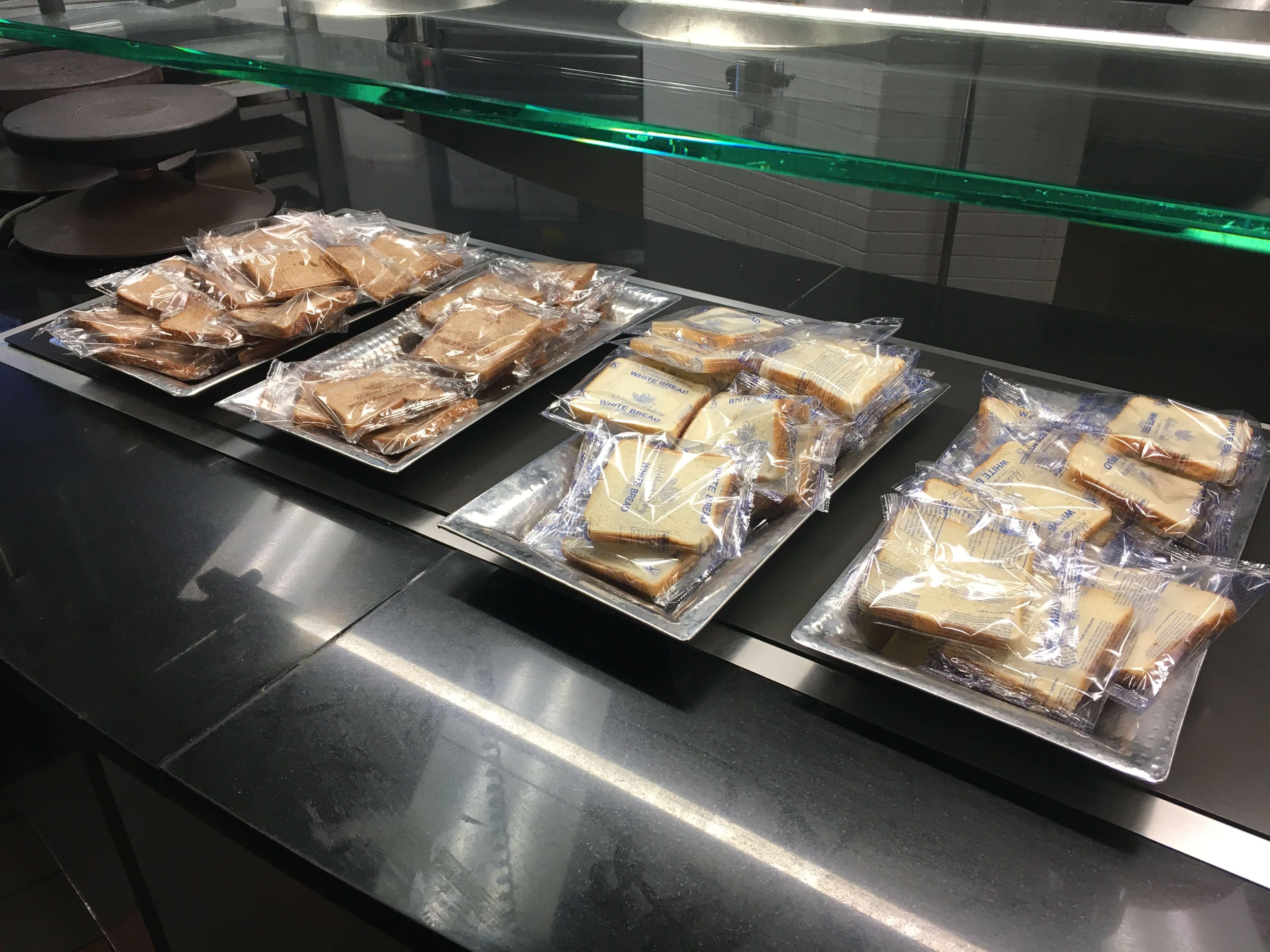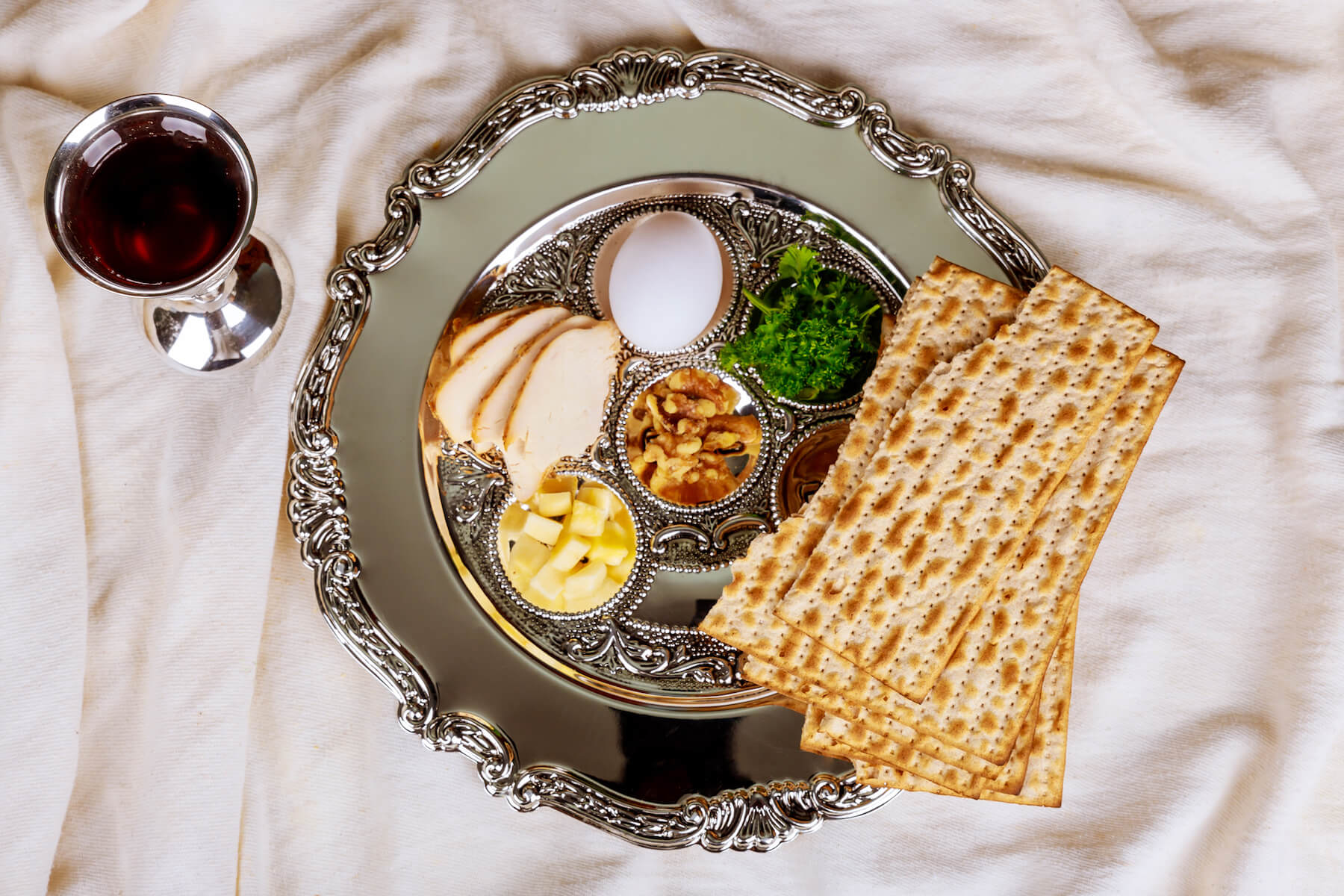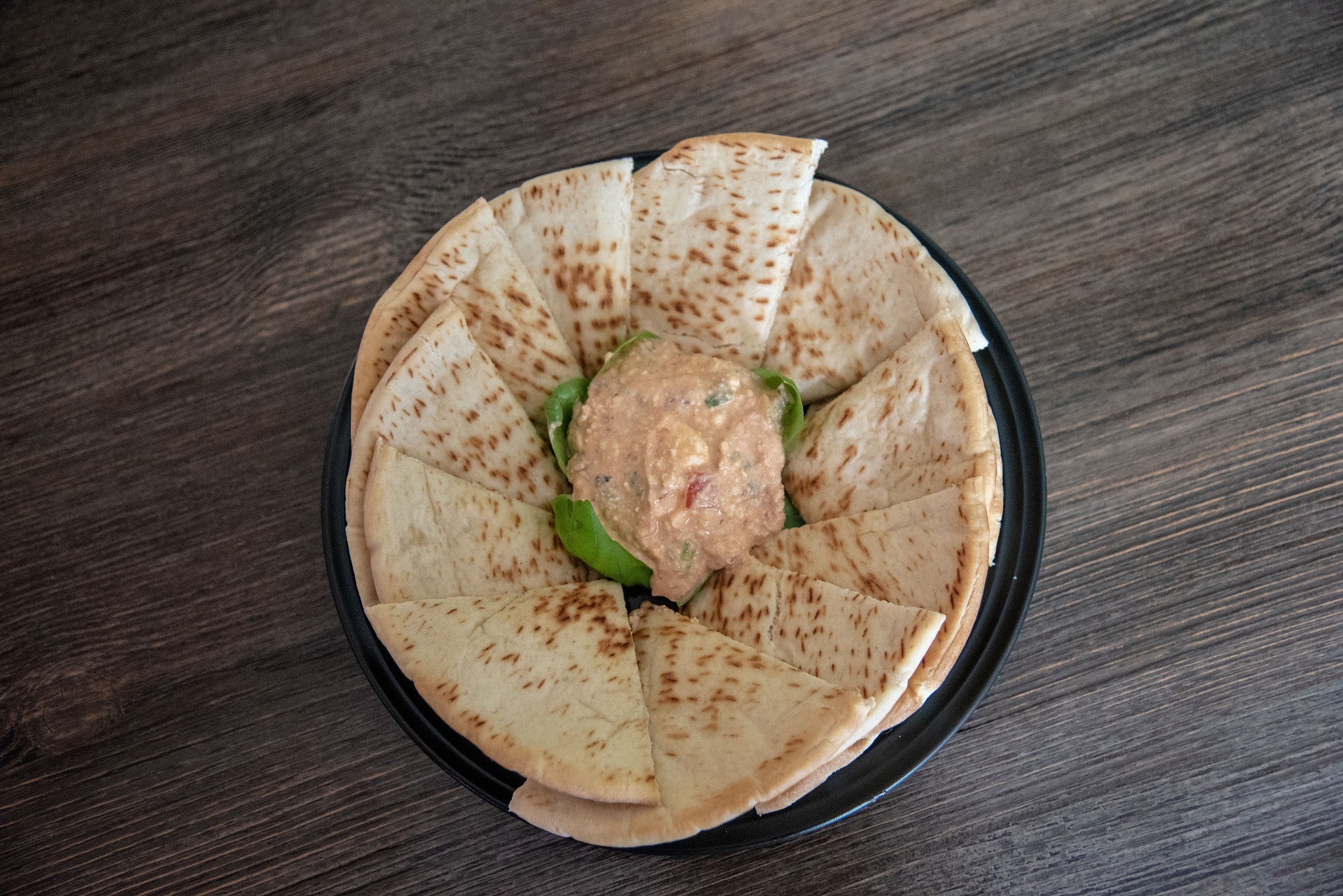
Anne Buzzell
The bread and wine we share on Maundy Thursday is a reminder of Christian unity. Being separated from that “we” during the week that should emphasize our oneness simply feels off-balance.
I’ve never baked handmade bread in my life. Logically, there’s no reason Covid-19 should make me start, not with two loaves of sandwich bread in my freezer and another on my counter. But Easter is coming and bringing another “never in my life”: I’ve never spent Holy Week alone.
I knew I wouldn’t have much company this year: Moving to a town where I have an amazing job but no prior connections inevitably meant spending Holy Week away from both friends and family. But I counted on worshiping every day with the people at my church and enjoying an Easter brunch with them. Now, that’s not an option.
The entire church season of Lent, preceding Easter, is marked by food. It’s traditional to give up meat (besides fish) during Lent, for example. Even Christians who aren’t as traditional often give up indulgences like alcohol or desserts. These small sacrifices—part of Lent’s focus on remembering the cost of our redemption—are meant to deepen our celebration of Easter. Christians believe we can’t fully rejoice in resurrection unless we know a real death was defeated, so Lenten worship tends to be solemn. And one of the most solemn days is Maundy Thursday.
The night before Jesus was crucified, he and his disciples observed Passover by eating the Seder meal. At that final meal, Jesus established something new: the sacrament of Holy Eucharist or Holy Communion, a sign of Christians’ unity with God and with one another. On Maundy Thursday, we remember that last Passover and the first-ever Communion. Each unique observance highlights how central community is to Christian life.
Many congregations host a potluck before the service. People bring Mediterranean food—pita bread, olives, hummus—to share.
Jesus began his last meal by washing his disciples’ feet, something only servants usually did. During the church service, we, too, have the option to take turns washing one another’s feet, to remind ourselves how we can serve each other.
I counted on worshiping every day with the people at my church and enjoying an Easter brunch with them. Now, that’s not an option.
It’s optional because not everyone is comfortable washing feet or having their feet washed. I always participate, but it’s not entirely comfortable for me either. Being barefoot in church feels weird, and allowing someone else to kneel down, pour warm water over your feet, wipe them gently with a sponge, and pat them dry is surprisingly hard.
It can be a good reminder, though, that letting people see your maybe-not-perfectly-presentable parts is a must-have for authentic relationships. For me it’s a good lesson in humbly accepting service from others. It dramatizes the truth that mutual support undergirds a healthy community.
The highlight of the service is Communion. We kneel together at the altar rail and together receive a bite of bread and sip of wine. The pre-Communion prayers quote Jesus’ own words: “Take, eat: This is my Body, which is given for you. Do this in remembrance of me.”
We say in return: “We who are many are one body because we all share one bread, one cup.”
That declaration always strikes me as an especially beautiful description of Christian unity. Being separated from that “we” during the week that should emphasize our oneness simply feels off-balance.
Which brings me to the bread. At the start of the Covid crisis, I panicked about shortages and googled “flatbread recipe no yeast” (because never baking means I don’t own yeast). I just wanted a vehicle for peanut butter, so finding sandwich bread eliminated my immediate baking plans. But the idea returned as I thought about improvising ways to commemorate Holy Week.
There’s no way that making flatbread can ever substitute for taking Communion. But it does feel like a way to acknowledge that Maundy Thursday isn’t just any day of the week. It’s different because of a Passover meal 2,000 years ago, when eating the traditional flatbread first became a celebration of the presence of Christ and a reminder of his people’s unity with him and with each other.
